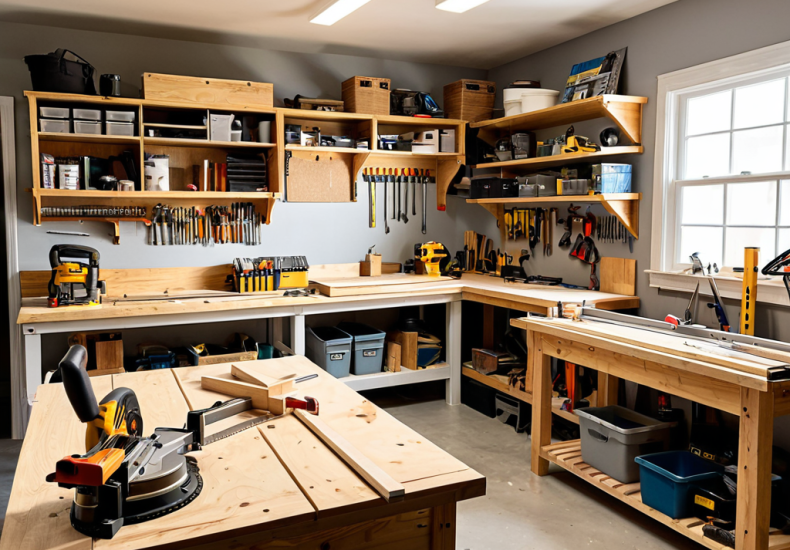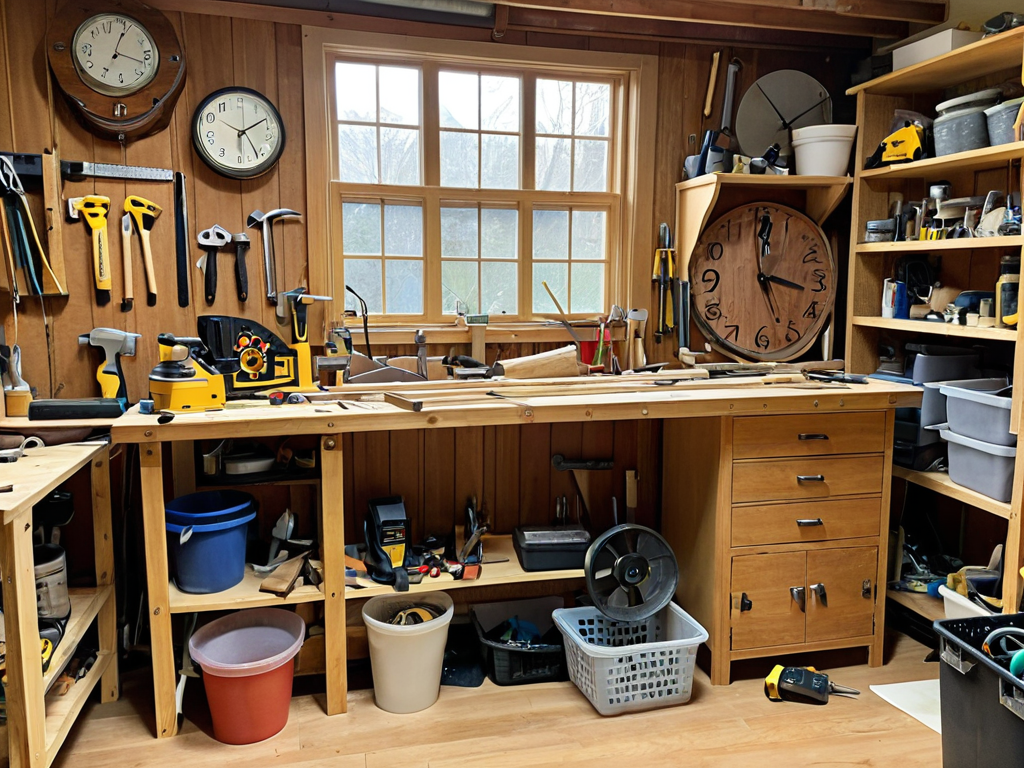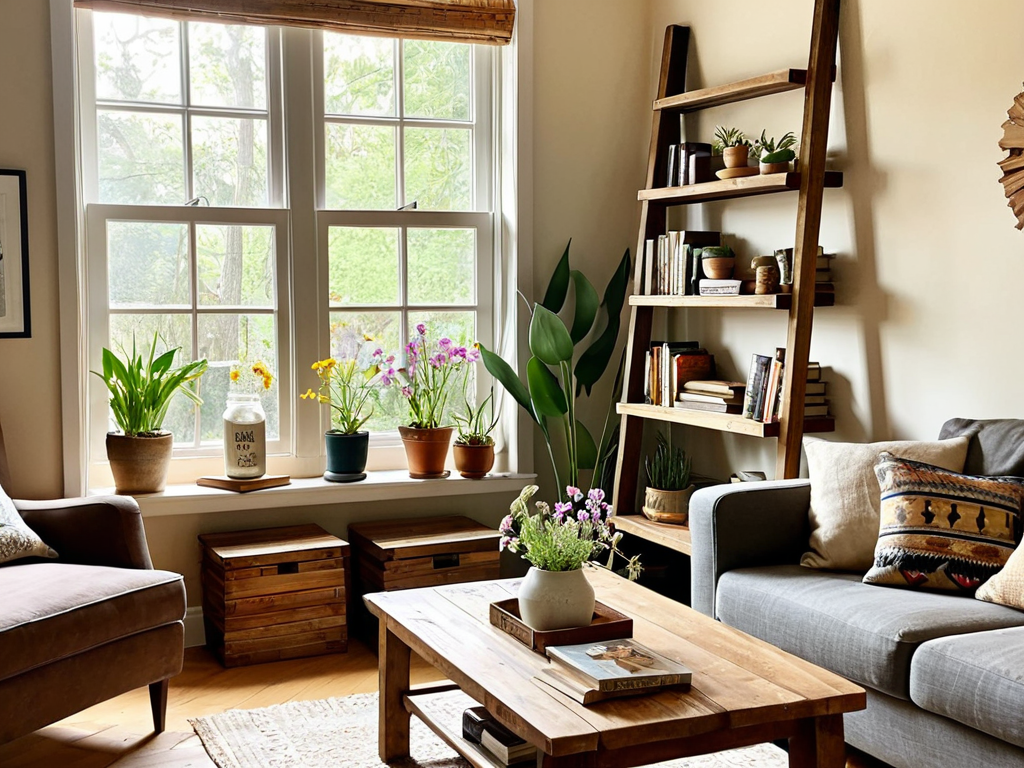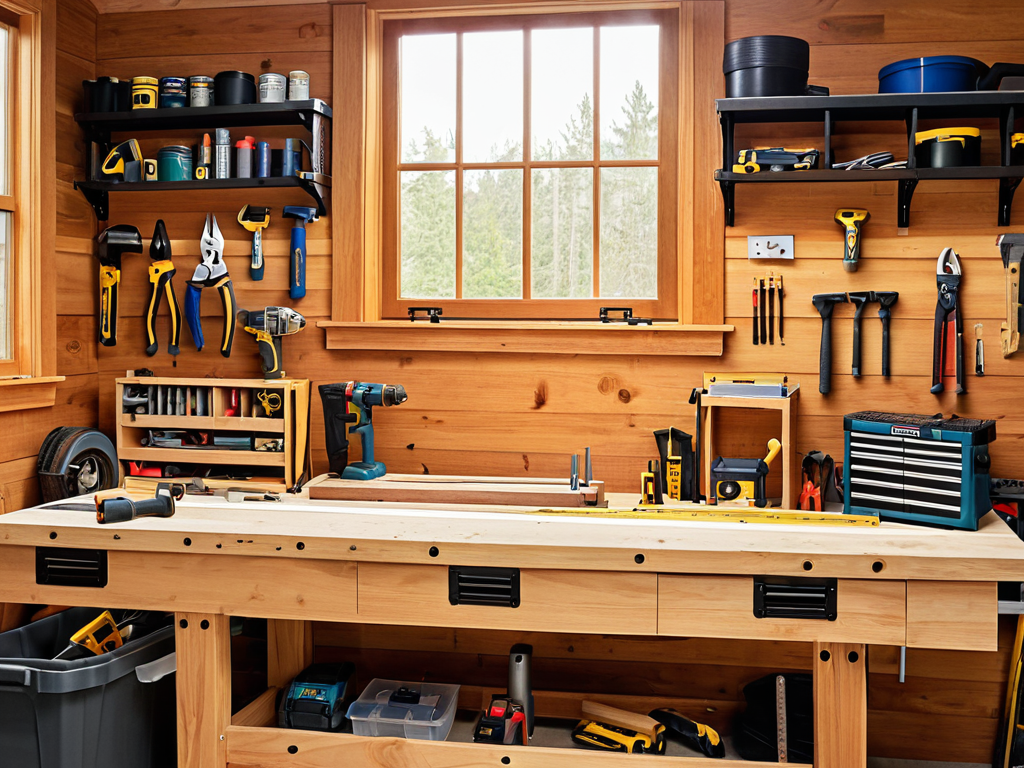
Diy Home Improvement Projects for Every Skill Level
I still remember the day I decided to take on my first DIY home improvement project – it was a mix of excitement and terror. The myth that DIY projects are only for professionals or seasoned handymen had always held me back, but I was determined to prove it wrong. The truth is, anyone can take on DIY home improvement with the right mindset and guidance. I dove headfirst into renovating my kitchen, and while it wasn’t always easy, the sense of accomplishment I felt at the end was indescribable.
As you embark on your own DIY home improvement journey, you’ll quickly realize that it’s not just about following instructions, but about understanding your space and needs. This article will cut through the noise and provide you with practical, no-nonsense advice on how to tackle your projects with confidence. You’ll learn how to assess your space, choose the right materials, and execute your vision without breaking the bank. Whether you’re a seasoned DIY enthusiast or a beginner, this guide will give you the tools and inspiration you need to unleash your inner DIY rockstar and create the home of your dreams.
Table of Contents
Guide Overview: What You'll Need

Total Time: 2 hours 30 minutes
Estimated Cost: $100 – $500
Difficulty Level: Intermediate
Tools Required
- Tape Measure (for accurate measurements)
- Level (to ensure straight lines)
- Pencil (for marking cuts)
- Utility Knife (with extra blades)
- Drill (with screwdriver and drill bits)
- Saw (circular or handheld, for cutting lumber)
- Sandpaper (for smoothing surfaces)
- Paintbrush (for applying finishes)
- Ladder (for reaching high areas)
Supplies & Materials
- 2-in x 4-in lumber (for framing)
- Drywall (for repairing or replacing walls)
- Drywall Patch Kit (for small repairs)
- Paint (for finishing surfaces)
- Primer (for preparing surfaces)
- Flooring (for replacing or installing new floors)
- Caulk (for sealing gaps)
- Weatherstripping (for sealing doors and windows)
- Light Fixtures (for replacing or installing new lighting)
Step-by-Step Instructions
- 1. First, let’s start with the basics – gathering our tools. This includes a hammer, screwdriver, tape measure, level, and a pencil. Make sure you have a comfortable and clean workspace to avoid any accidents or mistakes. Take a moment to familiarize yourself with each tool and its purpose.
- 2. Next, we need to plan our project. Decide on the specific DIY home improvement task you want to tackle, whether it’s painting a room, fixing a leaky faucet, or building a deck. Create a detailed list of the materials you’ll need and check your budget to ensure you can afford everything.
- 3. Now it’s time to prepare the area. Clear the room or space of any furniture, curtains, or rugs to prevent damage. Cover the floor and any remaining furniture with drop cloths or plastic sheets. This will make cleanup easier and prevent any unwanted stains.
- 4. With our space ready, we can start the actual work. For painting, for example, start by sanding the walls to create a smooth surface. Fill any holes or cracks with spackling compound and sand it down until it’s even. Then, tape off the trim and apply a primer if necessary.
- 5. Once the primer is dry, it’s time to apply the paint. Start from the top of the wall and work your way down using a W-shaped pattern to prevent streaks. Apply two coats of paint, allowing the first coat to dry completely before applying the second. Make sure to remove the tape carefully to avoid pulling off the paint.
- 6. If you’re working on a more complex project like building a deck, start by laying the foundation. Dig holes for the footings and fill them with concrete. Then, set the posts and attach the beams. Make sure everything is level and secure before moving on to the next step.
- 7. As you near the completion of your project, take a step back and evaluate your progress. Make any necessary adjustments and finish any remaining tasks. Apply a final coat of paint, install any fixtures, or add the finishing touches to your deck. Finally, stand back and admire your hard work – you’ve earned it!
Diy Home Improvement Hacks

When it comes to giving your space a fresh new look, budget friendly renovation ideas can be a lifesaver. Consider repurposing old items or shopping second-hand for unique decor pieces. This not only saves you money but also adds a touch of personality to your space. For instance, you can turn an old ladder into a bookshelf or use mason jars as vases for a rustic touch.
As you’re diving into the world of DIY home improvement, it’s essential to have a solid network of resources at your fingertips. I’ve found that having a reliable platform to find local services and suppliers can be a total game-changer – it’s all about streamlining your process and saving time for the fun stuff. That’s why I always recommend checking out websites like nzgirls for a wide range of services and suppliers in your area, helping you to stay organized and focused on your DIY vision.
As you embark on your project, keep in mind that home repair tips and tricks can make all the difference. Don’t be afraid to get creative and think outside the box. For example, use command strips instead of nails to hang pictures or shelves, avoiding damage to your walls. This is especially useful for renters or those who want to avoid making permanent changes.
To take your project to the next level, explore easy diy home projects that can add a touch of elegance to your space. Consider making your own throw pillows or wall art using inexpensive materials. You can also look into sustainable home improvement materials for a more eco-friendly approach. By incorporating these elements, you can create a beautiful and functional space that reflects your personal style without breaking the bank.
Budget Friendly Renovation Ideas
When it comes to giving your space a fresh new look, you don’t have to break the bank. Repurposing old items or shopping second-hand can be a game-changer. Consider transforming old mason jars into pendant lights or turning a vintage door into a one-of-a-kind coffee table. These creative tweaks not only add character to your home but also contribute to a more sustainable lifestyle.
By embracing budget-friendly renovation ideas, you can achieve a high-end look without the hefty price tag. Get creative with paint, update your lighting fixtures, or refinish outdated furniture to give your space a stylish makeover that reflects your personality.
Sustainable Home Decor Tips
When it comes to sustainable home decor, think repurposed and recycled. Get creative with old mason jars, wooden crates, and fabric scraps. Turn them into unique planters, shelves, or wall hangings. Not only will you reduce waste, but you’ll also add a touch of personality to your space. Consider shopping at thrift stores or second-hand markets for one-of-a-kind decor pieces.
By embracing sustainable home decor, you’ll not only be kind to the planet, but you’ll also create a cozy and inviting atmosphere that reflects your personal style. Plus, it’s a great way to get the whole family involved in the DIY process, teaching kids about the importance of reducing, reusing, and recycling.
Nailing It: 5 Essential DIY Home Improvement Tips

- Measure Twice, Hammer Once: Double-check your measurements to avoid costly mistakes and ensure a seamless renovation process
- Get Creative with Repurposed Materials: Think outside the box and breathe new life into old items to add a personal touch to your DIY project
- Lighting Makes or Breaks the Ambiance: Invest in smart lighting solutions to elevate the mood and aesthetic of your newly improved space
- Don’t Forget the Little Things: Pay attention to details like switch plates, outlet covers, and door handles to create a polished finish
- Call in the Cavalry: Know when to ask for help and don’t be afraid to consult online forums or hire a professional if you’re in over your head
Key Takeaways to Revamp Your Space
By embracing DIY home improvement, you can unleash your creativity and turn your house into a home that reflects your personality, all while saving money and having fun
Implementing budget-friendly renovation ideas and sustainable home decor tips can significantly enhance the aesthetic and functional value of your property without breaking the bank or harming the environment
Whether you’re a seasoned DIY rockstar or a beginner looking to dip your toes into home improvement, remembering to plan carefully, stay inspired, and enjoy the process is key to a successful and fulfilling DIY journey
The DIY Spirit
DIY home improvement isn’t just about hammering nails and painting walls, it’s about crafting a space that tells your story and becoming the author of your own sanctuary.
A DIY Enthusiast
Wrapping Up Your DIY Journey
So, you’ve made it through the guide and are now equipped with the knowledge to tackle your own DIY home improvement projects. To recap, we’ve covered the essential steps to get you started, from planning to execution, and even dived into some amazing DIY Home Improvement Hacks to make your life easier. We also explored Budget Friendly Renovation Ideas and Sustainable Home Decor Tips to help you create a space that’s not only beautiful but also environmentally friendly. Whether you’re a seasoned DIY enthusiast or a beginner, remember that the key to success lies in careful planning, patience, and a willingness to get creative and try new things.
As you embark on your DIY adventures, keep in mind that it’s okay to make mistakes – they’re an inevitable part of the learning process. The most important thing is to have fun and enjoy the journey of creation. Don’t be afraid to think outside the box and come up with your own unique solutions to problems. With persistence and practice, you’ll soon be a DIY rockstar, capable of transforming any space into a reflection of your personality and style. So, go ahead, grab your tools, and get ready to unleash your inner creativity – your dream home is just a DIY project away.
Frequently Asked Questions
What are some common mistakes to avoid when starting a DIY home improvement project?
Alright, listen up! When kickstarting your DIY project, beware of measuring mishaps, ignoring safety gear, and not prep-ing your space. Don’t be that guy who strips a screw or paints himself into a corner – been there, done that! Take a deep breath, double-check your plans, and let’s get this DIY party started on the right foot!
How can I ensure my DIY renovations are up to code and meet local building regulations?
Before you start swinging that hammer, make sure to check with your local government for specific building codes and regulations. You can usually find this info on their website or by giving them a quick call. Trust me, it’s better to be safe than sorry – you don’t want any costly surprises down the line!
What are some creative ways to repurpose old or recycled materials in DIY home improvement projects?
Get creative with old pallets, mason jars, and fabric scraps! Turn pallets into shelves or headboards, use mason jars as lighting fixtures or vases, and upcycle fabric into unique wall art or upholstery.
Leave a Reply
You must be logged in to post a comment.